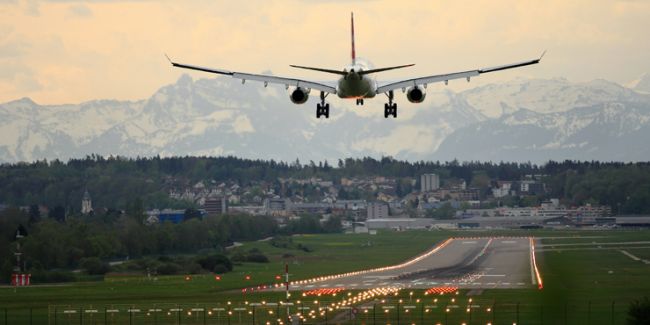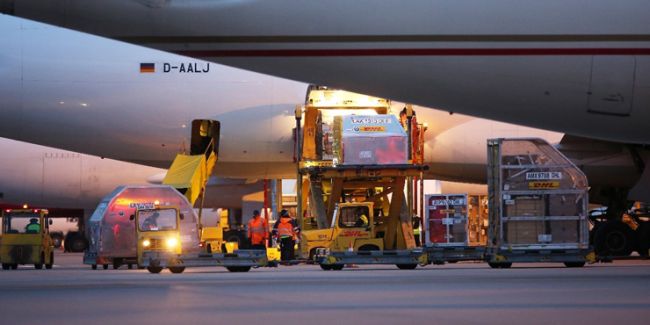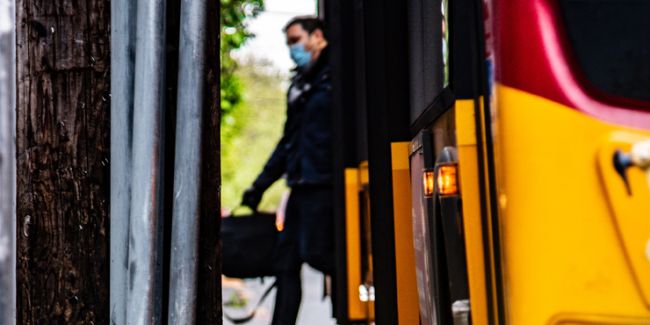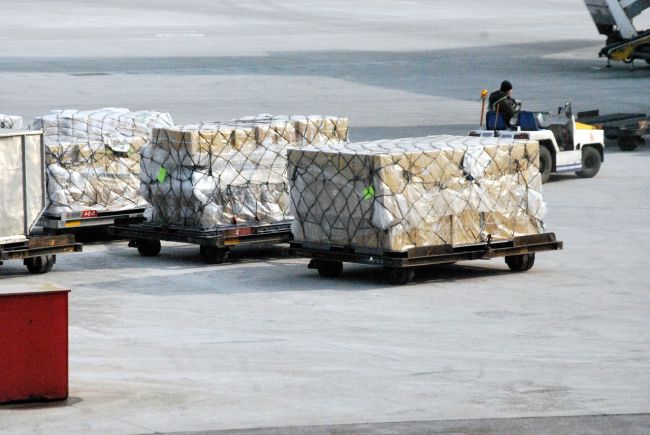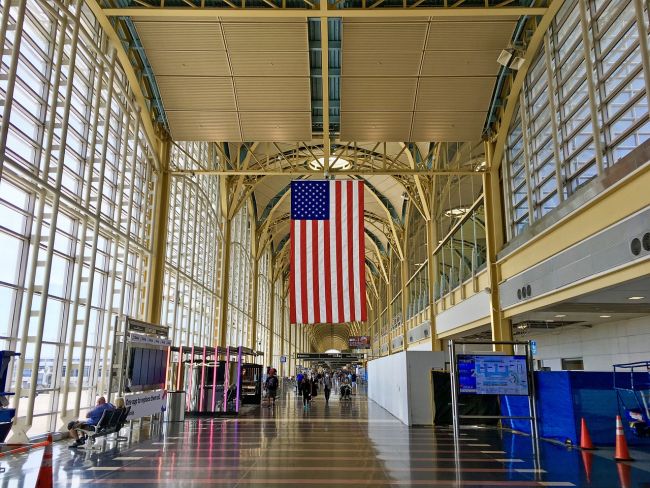New funding & business options for US airports?
Improving the country’s ailing airports has made it into President Trump’s $1 trillion infrastructure plan.

Improving the country’s ailing airports has made it into President Trump’s $1 trillion infrastructure plan, including a reform of America’s ever-aging air traffic control system. What funding and business options does this plan open up for airport executives and boards to upgrade their infrastructure and to improve aviation for the millions of people who use airports?
Just halfway through his first year in office, President Donald Trump has stirred excitement in Washington D.C. transportation policy circles. The excitement is centered on three areas the new President has discussed: transportation spending, regulatory relief and air traffic control corporatization. If turned into proposals and passed by Congress, will these offer airport executives and boards new tools to upgrade their infrastructure and operate sustainably? Will they improve aviation for the hundreds of millions of passengers, general aviation pilots and shippers who use airports?
Mirroring a campaign theme, the President is calling for $1 trillion of new spending on transportation infrastructure to stimulate the economy and create jobs. Although the federal government’s exact contribution is unclear, it would reportedly consist of federal spending and tax incentives that would leverage state and local government investments as well as money from private and institutional investors.
White House officials have also targeted regulatory rules that the Trump Administration claims inhibit job creation by placing unnecessary costs on businesses and transportation providers. These officials have already convened meetings with industry representatives to get their wish lists of rules to simplify and eliminate.
For their part, American airports and their trade associations have submitted their ideas to ease the burden of the myriad rules that constrain airports’ financial management.
The Trump Administration has also backed a congressional proposal to corporatize the governance, management and operation of air traffic control — responsibilities that are today in the hands of the Federal Aviation Administration (FAA). Modeled after a similar effort in Canada, the idea is to remove the FAA’s Air Traffic Organization (ATO) from the federal government, where funding and procurement rules limit the ATO’s ability to make investments necessary to modernize air traffic control.
Prospects for airports
Certainly, additional federal infrastructure spending and enhanced authority for airports to raise local revenues would provide the foundation for future investments in airside, terminal and landside capacity. With large, international gateway airports experiencing continued growth, new revenue sources would enable airports to build the gates, hold rooms and roadways that will accommodate demand and improve service levels.
Infrastructure spending
At the federal level, these sources come in two forms. First, $3.3 billion in federal grants is allocated from the Airport Improvement Program (AIP), capital funding paid for by taxes collected on air passengers and shippers and made available to airports.
Second, the federal government authorizes airports to collect Passenger Facility Charges (PFCs) of up to $4.50 per flight segment for eligible airport infrastructure.
It is notable that President Trump or the majority party leadership in the House and Senate have yet to endorse an increase in AIP or the current $4.50 ceiling in the PFC (both of which have remained at their current levels for well over a decade). Without either the imprimatur of the President or the congressional transportation leaders, it will be challenging to pass legislation that opens revenue sources that appear to have a lid on them.
While it is true that Public-Private Partnerships (P3s) are emerging in the US airport sector to provide private and institutional investor resources for airport infrastructure (e.g. New York LaGuardia’s Central Terminal) and, in a couple of cases, for the management and operation of airports (e.g. San Juan Airport), these developments have occurred independently of any recent policy developments in Washington. They have been led by state and local governments, such as the Port Authority of New York and New Jersey and the Puerto Rico Ports Authority.
Regulatory relief
On March 31, 2017, the American Association of Airport Executives and Airports Council International submitted regulatory reform ideas that would provide airports with additional options to attract new air services, simplify the AIP and PFC rules that are tied to receipt of grants and PFC collections, and ease the rules governing airport relationships with their tenants and users.
The Trump Administration has set up an Aviation Relief Advisory Committee that will seek out ways in which regulations can be simplified. While the rhetoric surrounding reform has been attractive, it is still too early to determine if the initiative will produce tangible results.
Air traffic control corporatization
Any change to air traffic control will likely be legislated as part of the FAA authorization that must be passed prior to September 30, 2017, when the current authorization expires. Policymakers have signaled their desire to report a bill out of the House and Senate by Summer 2017, an aggressive timeline considering the significant change that corporatization would entail.
Many smaller community airports remain concerned that a new air traffic provider would not prioritize service to low-activity towers, while many other airports worry that a key component of reform — shifting from trust fund taxes to airline user fees — may create uncertainty around the receipt of AIP grants. Thus far, the airport industry has largely been excluded from proposals on ATC reform — that will likely change as the effort is incorporated into the large FAA reauthorization bill. The impact of the new FAA authorization legislation on airports, and whether it includes improvements to AIP and PFCs, is yet to be determined.


